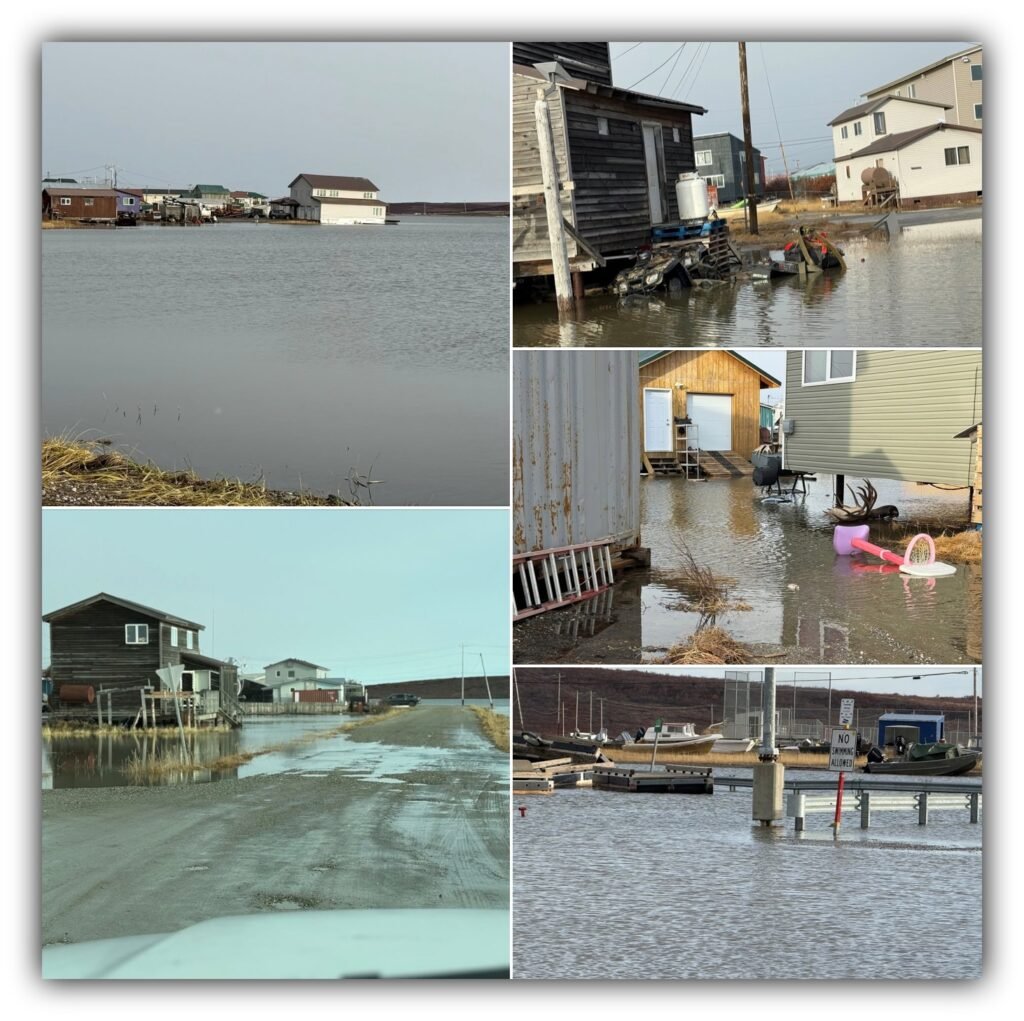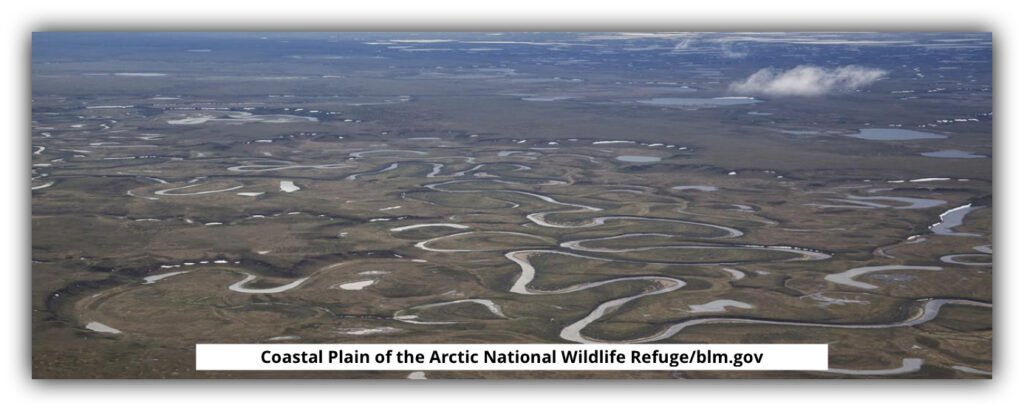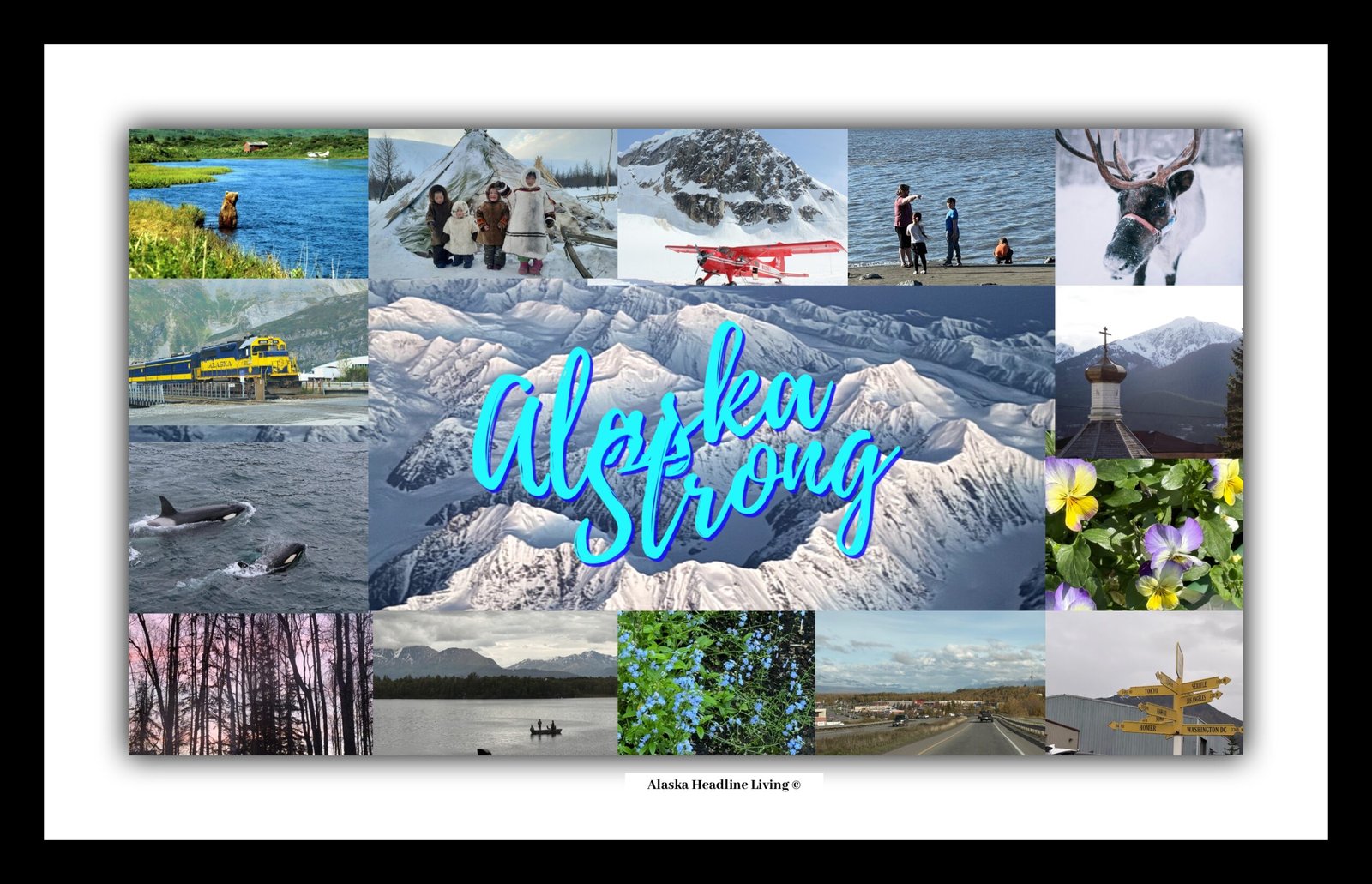Rising above the storm: a community endures, rebuilds, and stands resilient against Alaska’s fiercest winds and waters. #AlaskaStrong
Alaska Headline Living: Statewide official updates and practical guidance to start your Sunday.
By Gina Hill | Alaska Headline Living | November 2025
📸 How to document damage for FEMA (simple, step-by-step)

$10,000 to over $50,000, with a potential loss of over $21,000 for just six inches of water
If you or your local government need to show FEMA the damage from the late-October storms, follow these plain steps. These are pulled from FEMA’s damage-assessment guidance and checklists.
- Take clear photos and videos, inside and outside.
- Photograph structural damage (roofs, walls, foundations), utilities (meters, generators), and infrastructure (roads, culverts). Also photograph damaged contents (appliances, furniture) and any pre-disaster photos you have for comparison. FEMA uses photos as validation for assessments. fema.gov+1
- Create a damage inventory (itemized list).
- Make a simple spreadsheet or paper list that names each damaged item or location, describes the damage, estimates repair vs. replacement, and records estimated costs if available. For public-assistance claims, list debris removal, emergency protective measures, and each damaged structure/infrastructure with as much detail as you can. FEMA and applicant guides explain the damage-inventory as central to developing grants. dotd.la.gov+1
- Keep dates, locations, and contact details.
- Note the date you took each photo, the exact location (address or GPS/landmark), and the owner/contact for each damaged item. This helps FEMA link evidence to a claim during Preliminary Damage Assessments (PDAs). fema.gov
- Save receipts, contracts, and insurance documents.
- Keep receipts for emergency purchases, fuel, cleanup, temporary repairs, and any contractor quotes. Also record insurance claims or denials. FEMA needs to know what insurance covered. fema.gov
- When possible, do a short video walkthrough.
- Narrate what you’re showing (e.g., “front porch collapsed, 3 steps missing”) and show adjacent undamaged reference points so inspectors can orient themselves. FEMA guidance recommends videos alongside still photos for clearer validation. fema.gov
- Local governments & tribes: prepare a Public-Assistance damage inventory.
- For municipalities, school districts, and tribes applying for FEMA Public Assistance, assemble a formal damage inventory listing each site, work type (debris removal, emergency protective measures, permanent repair), cost estimates, and supporting documentation (photos, contracts, payroll records). Follow the Applicant Quick Guides and PDA templates FEMA provides. dotd.la.gov+1
- Submit through the right channel.
- Individuals apply via DisasterAssistance.gov, the FEMA mobile app, or by phone (as directed when Individual Assistance is available); governments coordinate through their state emergency management point of contact and FEMA’s Public Assistance intake process. Follow the instructions on the FEMA Individual Assistance and PDA pages for next steps. fema.gov+1
🛢️Plain-language explanation of the Alaska oil & gas lease-sale process (what happens and what you need to do)

Alaska’s areawide lease sales (Beaufort Sea, North Slope, North Slope Foothills) follow a predictable, competitive model. Here’s how it works in plain terms, based on the Division of Oil & Gas and EnergyNet instructions.
- What “areawide” leasing means:
- The State offers many tracts across a basin in one sale, so anyone qualified can bid on tracts without first nominating specific parcels. The exact legal description/acreage for a tract is finalized after bids. Areawide sales are used to keep leasing predictable and regular. dog.dnr.alaska.gov
- How bids are submitted (EnergyNet):
- Bidders register and submit sealed competitive bids through the EnergyNet platform. You must complete EnergyNet’s buyer registration, meet the State’s bidder qualification requirements, accept bidding terms, and follow the sale’s specific instructions to submit a valid bid. The State posts a step-by-step registration/checklist on EnergyNet. Deadlines are strict (for these 2025W sales the EnergyNet bid window runs through Nov. 13, 2025, with results posted Nov. 19, 2025). energynet.com+2energynet.com+2
- Who can bid / qualification forms:
- Individual and business bidders must complete the State’s leasing qualification forms (business and/or individual forms) and meet any prequalification requirements listed by the Division of Oil & Gas. The DNR site links the qualification forms and instructions. dog.dnr.alaska.gov+1
- How winners are chosen and what they pay:
- Areawide lease sales in Alaska are competitive sealed-bid auctions. Typically, the highest valid cash bonus bid for a tract wins, subject to minimums and the sale’s published terms (lease length, rental, royalty). The BLM and State sale documents explain minimum bids, lease terms (often 10-year primary terms), and royalty rates for comparable federal/state sales. Read the specific sale’s “Instructions to Bidders” and lease form for exact financial terms. Bureau of Land Management+1
- After the sale: issuance and obligations:
- Winning bidders must pay the cash bonus, secure any required bonds, and comply with lease terms and mitigation measures. The State posts the official lease forms, mitigation requirements, and maps so bidders understand post-award obligations. dog.dnr.alaska.gov+1
- Key dates & where to find official details:
- For the 2025 areawide offerings the State’s public notice lists first-day and deadline (EnergyNet) dates and the date the Division will publish bid results. Everything you need (tract maps, instructions to bidders, lease forms, mitigation measures, and registration links) is on the Division of Oil & Gas lease-sale pages and EnergyNet. If you plan to bid, register with EnergyNet early and read the State’s “Instructions to Bidders” and qualification paperwork carefully. aws.state.ak.us+2energynet.com+2

🌊 Expanded federal disaster-loan assistance opens for storm-hit western Alaska
The U.S. Small Business Administration (SBA) announced on October 27, 2025 that low-interest federal disaster loansare now available to homeowners, renters, private nonprofits and small businesses in Alaska’s storm-affected regions — including the Lower Kuskokwim Regional Educational Attendance Area, Lower Yukon Regional Educational Attendance Area and the Northwest Arctic Borough — following the late-October storms and the presidential disaster declaration on October 22. sba.gov+1
➡️ What’s available
- Homeowners or renters in the declared areas can apply to repair or replace primary residences or personal property; homeowners may borrow up to $500,000 and renters up to $100,000 for personal property. sba.gov
- Small businesses and private nonprofits (PNPs) can apply for physical-damage loans and Economic Injury Disaster Loans (EIDLs) to cover working capital losses caused by the event. PNPs may borrow up to $2 million. sba.gov+1
- Interest rates are very favorable: as low as 3% for homeowners/renters, 3.625% for PNPs, and 4% for small businesses — with terms up to 30 years and payments deferred for 12 months after disbursement. sba.gov
- A Disaster Loan Outreach Center (DLOC) opened at University of Alaska Anchorage (1901 Bragaw St., Anchorage) on Oct. 27 for in-person help. sba.gov
🧠 What’s important to know
- The disaster declaration covers “severe storms, flooding, and remnants of Typhoon Halong” that began Oct. 8. sba.gov+1
- Real-estate damages to subsistence camps are not eligible under the loans. However, personal property used in subsistence camps (boats, snow machines, ATVs, etc.) is eligible. sba.gov
- Applications for physical damage must be submitted by December 22 2025; for economic injury loans the deadline is July 22 2026. sba.gov
🚨Why this matters
Many western Alaska coastal communities are dealing with unprecedented storm damage: flooding, erosion, and infrastructure impact tied to the storm surge and high wind events. Having access to federal disaster-loans means homeowners, renters, local nonprofits and small businesses have a concrete recovery path. The subsistence-camp personal-property eligibility is especially significant for villages where hunting, fishing and subsistence equipment are lifelines.
✅ What locals should do now
- If you live in one of the declared areas (Lower Kuskokwim REAA, Lower Yukon REAA, Northwest Arctic Borough) and suffered damage, act now to gather documentation: property damage photos/videos, receipts, insurance information, personal property lists.
- Visit sba.gov/disaster to begin applications online or contact the DLOC in Anchorage in person.
- If your property is a subsistence camp, understand that the structure itself (real estate) may not be eligible, but equipment and personal property might be—so make sure to itemize what was lost or damaged.
- Non-profit organizations (food kitchens, community centers, other non-criticals) should assess economic losses (payroll, fixed costs) even if no physical damage occurred — they may qualify for EIDLs.
- Keep track of all deadlines: physical damage loans (Dec 22) and economic injury (July 22). Applications submitted earlier have better chances of timely processing.
Community Spotlight: Two Remote Villages in Crisis
Kipnuk Storm Impact: Official Update

According to the State Emergency Operations Center (SEOC), the runway at the Kipnuk Airport was damaged and temporarily closed to fixed‑wing aircraft. Meanwhile, 587 residents sheltered overnightduring the storm. Communications systems were disrupted, and homes were reported pushed off their foundations.
(State of Alaska, SEOC press release, Oct. 13, 2025)
Why it matters: Kipnuk’s remote location, accessible only by barge or air, makes the delivery of rebuilding materials and critical supplies challenging. With winter approaching, timely recovery and rebuilding are essential to ensure homes, infrastructure, and basic services can be restored before harsher conditions set in.
(Alaska DOT, 2025 Storm Updates)
Kwigillingok Storm Impact: Official Update

According to the State Emergency Operations Center (SEOC), 400 residents sheltered overnight in Kwigillingok following severe flooding caused by the late-October storm. Homes, boardwalks, and other local infrastructure sustained significant damage, and emergency response teams were deployed to restore utilities and conduct debris removal.
(State of Alaska, SEOC press release, Oct. 13, 2025)
Why it matters: Kwigillingok faces the same logistical challenges as other Yukon‑Kuskokwim Delta communities, relying on barge or air transport for critical supplies. Recovery efforts are urgent to restore housing, boardwalks, and essential services before winter conditions make rebuilding more difficult.
(Alaska DOT, 2025 Storm Updates)
Regional takeaway: As of Oct. 29, 2025 the State Emergency Operations Center reports that operations are shifting from emergency response into recovery and winter‑readiness across impacted regions including the Yukon‑Kuskokwim Delta and other western Alaska communities. ready.alaska.gov+1
Field teams are working on restoring critical services, water, power, communications, and removing debris and conducting emergency home repairs. ready.alaska.gov+2ready.alaska.gov+2
According to the latest situation update, more than 1,100 applications have been received for the State’s Individual Assistance program, showing the scale of damage to homes and personal property in the hardest‑hit zones.





